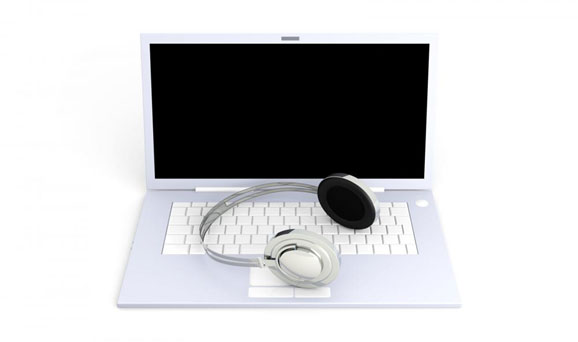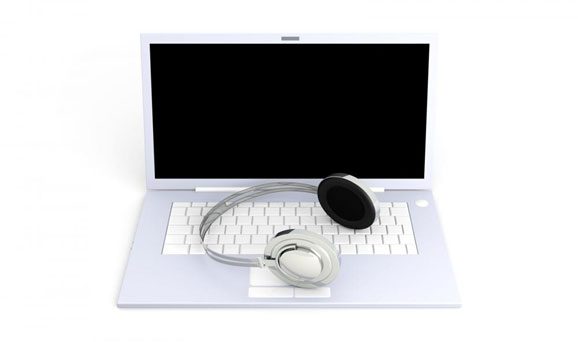Blog
- home
- Blog

The Top 6 Formats for Storing Digital Music Content
Audio file formats (AFFs) are designed for storing and
playing digital audio data on a computer, smart device or any other player. The
bit layout of the audio data (not including the metadata present on the file)
is called the audio coding format. File sizes may be compressed for size
reduction or alternately left uncompressed to ensure high-quality reproduction
of the music.
Today there are many different audio file formats that can
be used to convert music CDs to digital files. For instance, if you have low
space on your drive and are used to listening to low-quality MP3 audio files,
you might be blown away by the experience of listening to a hi-res audio track in
FLAC or WAV formats. Alternatively, you can also opt for a middle-range AAC
file format.
Let us take a quick look at a few of the more popular audio
file formats so that you will know which one would be the most suitable for
your digital music library.
1.
ALAC (Hi-Res)
This is Apple’s
answer to MP3. It offers significant
levels of music compression to ensure smaller file size, but it sounds a lot
better than its MP3 counterpart. It is used for downloading iTunes as well as Apple Music streaming.
2.
AIFF (Hi-Res)
This is also Apple’s own version of the WAV file format. It
does not offer compression, so the file sizes are as big as WAV files. However,
it offers considerably better metadata support in comparison to most other
uncompressed audio file formats available today.
3.
DSD (Hi-Res)
This is the format most popularly used in Super Audio CDs
(SACDs). It offers the best quality
audio experience due to multiple channels and very high bit rates. However, the
massive size of the files makes it an impractical option for converting CDs into
a manageable digital audio library.
4.
WAV (Hi-Res)
This is the standard format in which your CD collection has
been encoded. In fact, this is the key
reason due to which your CDs sound so much better than your MP3 files. However,
the total lack of compression leads to huge file sizes that can quickly fill up
your memory stick or hard drive. Furthermore, this format offers poor metadata
support.
5.
FLAC
This is a lossless compression format that also supports
hi-res sample rates. Moreover, it takes only half the space of an average WAV
file while simultaneously storing metadata information for ease of retrieval. This
is the option most commonly used by top-end professionals and audiophiles who
want to convert their CDs to a digital library. The hi-res FLAC format is
royalty-free, and it can be used to both download and store hi-res albums so
that you can enjoy CD quality audio on your digital media player.
6.
MP3
This is the most
popular audio file format in use today. It compresses the file to a
fraction of its original size. Unfortunately, this leads to a reduction in
sound quality, which is why most music lovers tend to avoid converting their
CDs to this format.
Conclusion
If you are interested in converting your CD-based music
library to a file-based one, you can contact
us here.

